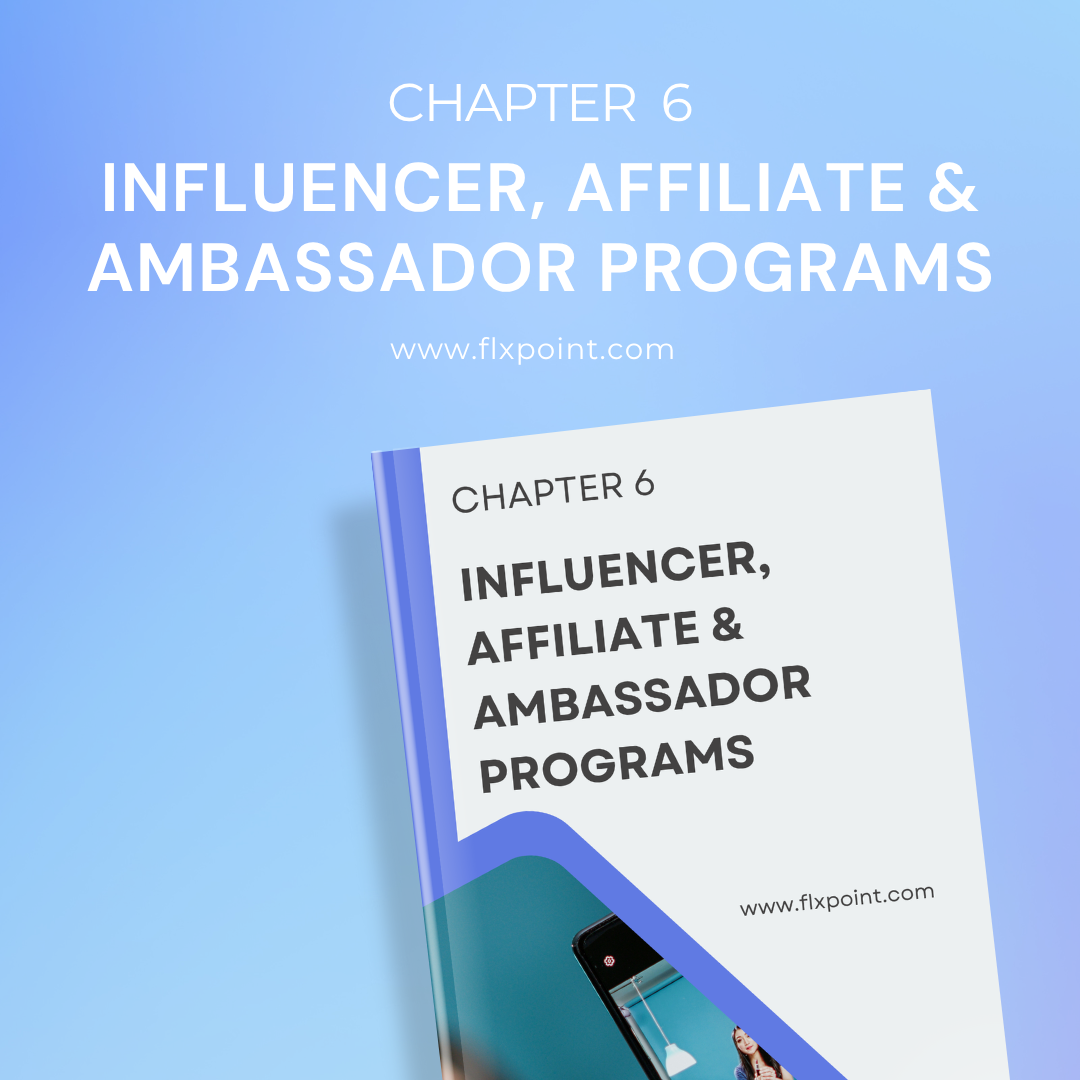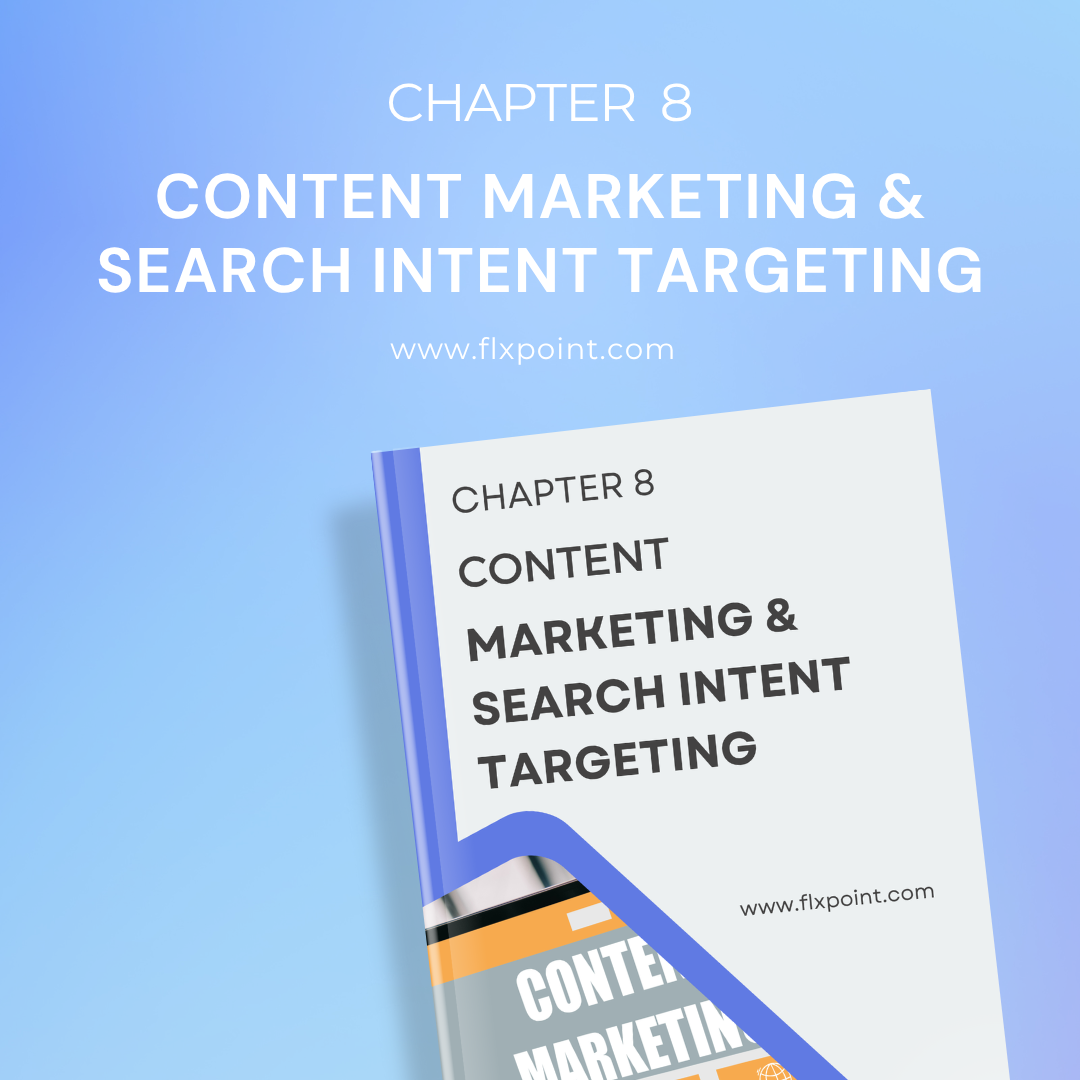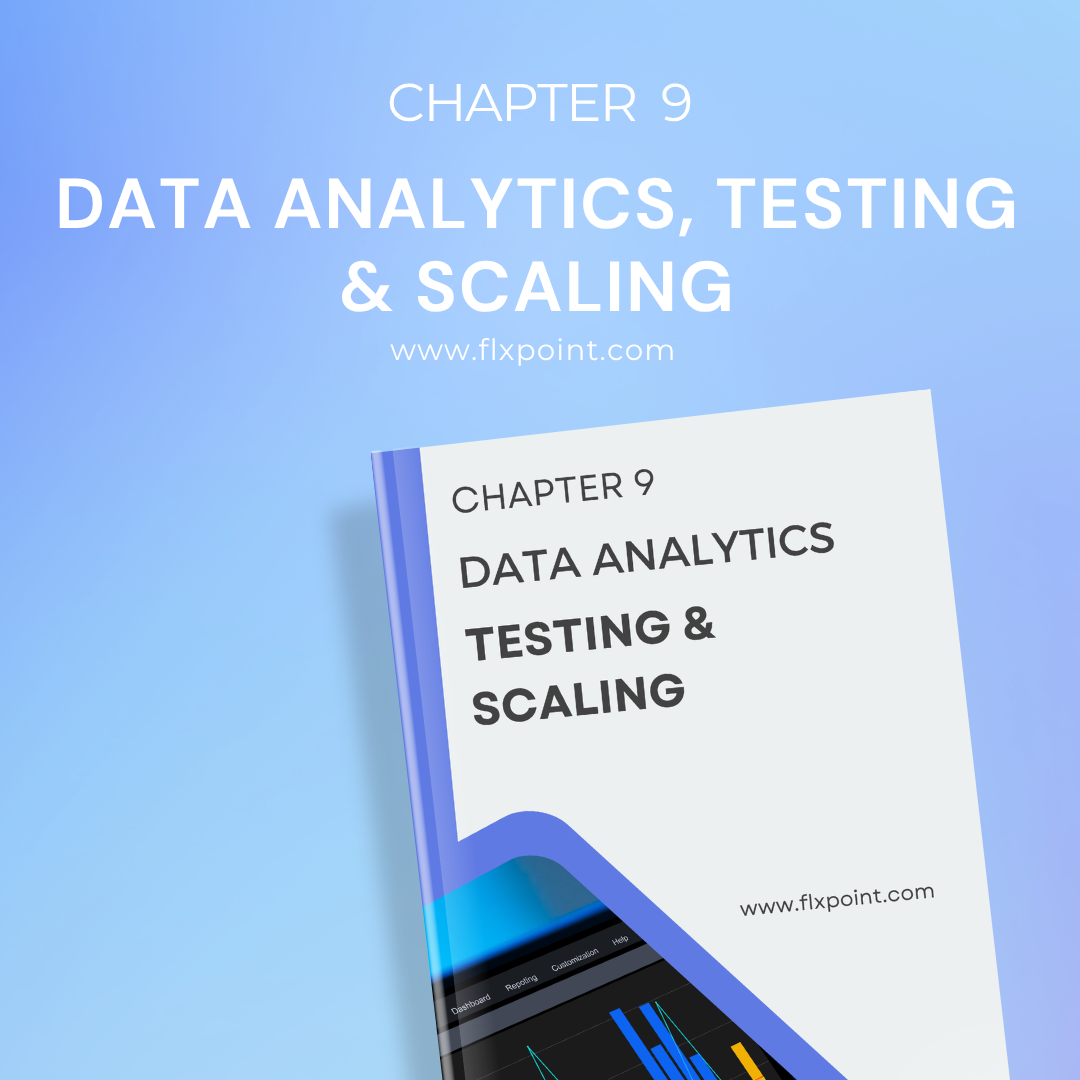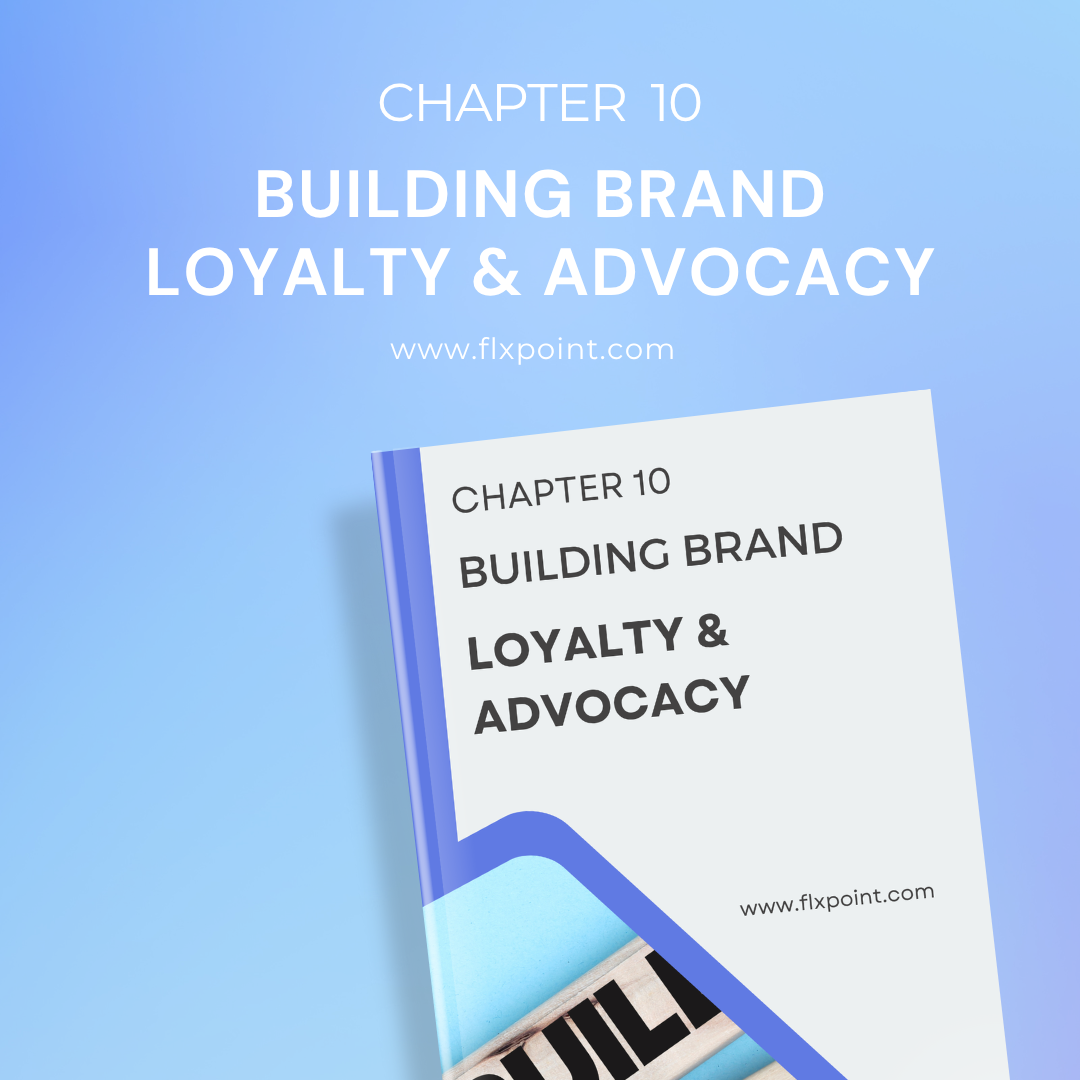Chapter 8 Content Marketing & Search Intent Targeting
Create content that ranks and converts visitors into customers. Learn how to build content funnels, optimize for search engines, and embed shopping features in your content.
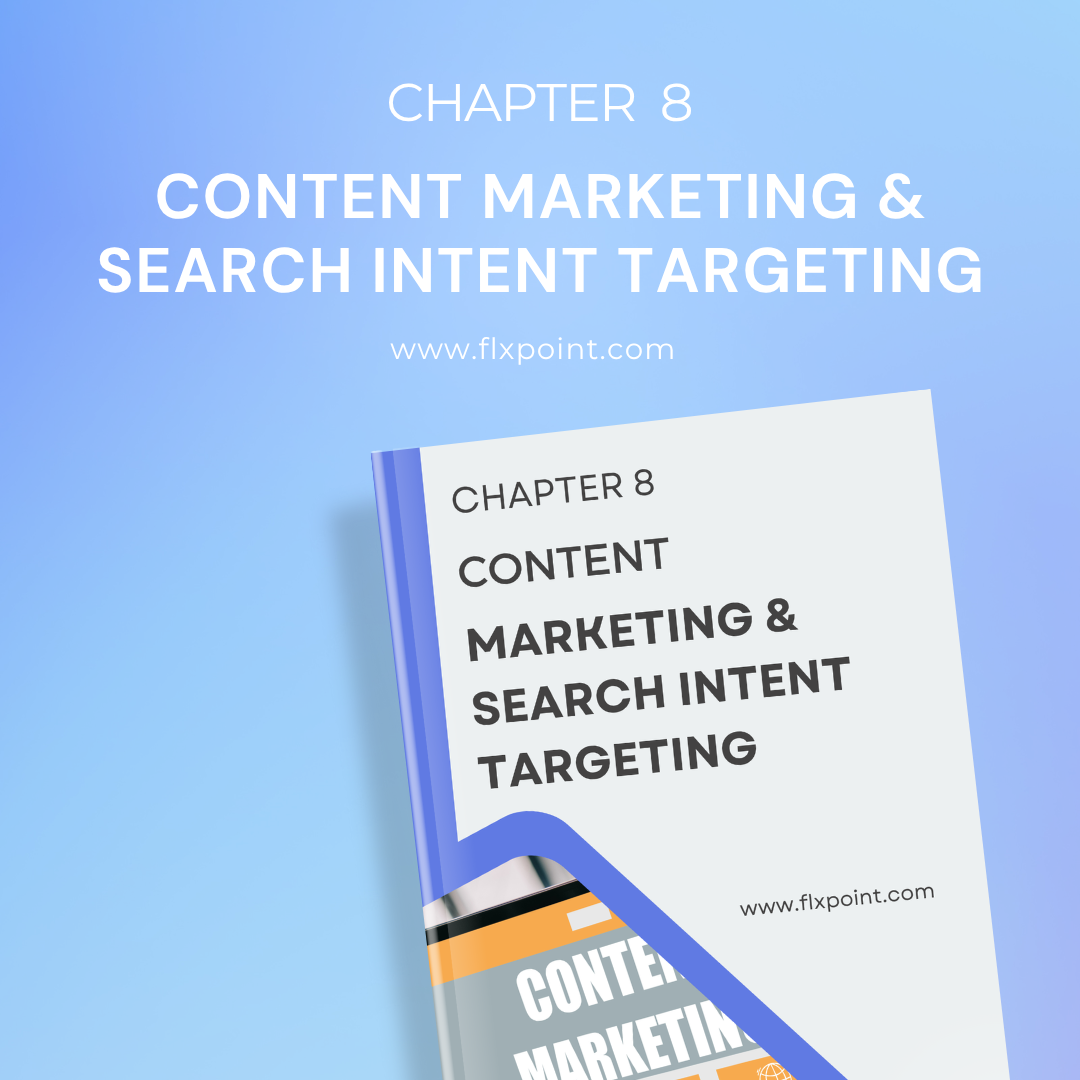
Table of Contents
- Introduction
- Creating Content Funnels: TOFU, MOFU, BOFU
- Using SurferSEO/Frase for SERP Matching and Optimization
- Internal Linking and Content Silo Strategies
- Embedding Shoppable Media in Blog Posts
- Integrating Long-Form and Video Content
Introduction
Content marketing remains one of the most powerful ways to attract and convert customers for your dropshipping store. Unlike paid advertising that stops working the moment you stop running ads, quality content continues to draw in potential customers year after year. But creating content without a strategy is like fishing without bait; you might catch something occasionally, but you won't see consistent results.
In this chapter, we'll explore how to build a content strategy that actually works for your ecommerce business. We'll dive into content funnels, search intent optimization, internal linking strategies, and innovative content formats that can transform casual visitors into loyal customers.
The key is understanding not just what content to create, but how that content fits into your customers' journey and search behavior.
Even if you're just starting out with limited resources, implementing these content strategies will help you establish authority in your niche and create pathways that guide potential customers toward conversion. Let's get started.
Creating Content Funnels: TOFU, MOFU, BOFU, Brand Evangelism
Content marketing isn't just about publishing blog posts. It's about creating the right content for the right person at the right time. This is where content funnels come in. By organizing your content strategy around the customer journey, you can create more relevant, impactful content that moves prospects toward purchase.
Understanding the Content Funnel
The content funnel can be broken down into four stages:
- TOFU (Top of the Funnel): Awareness stage content designed to get attention and introduce your brand to people who don't know about your store yet.
- MOFU (Middle of the Funnel): Consideration stage content that helps buyers who are aware of their problem and are looking at potential solutions.
- BOFU (Bottom of the Funnel): Decision stage content that convinces buyers ready to purchase that your dropshipping store offers the best solution.
- Brand Evangelism: Post-purchase content that strengthens relationships with existing customers and encourages loyalty and advocacy.
TOFU: Getting on the Radar
At the top of the funnel, you're casting a wide net to capture attention. Studies show that as many as 50% of leads aren't ready to buy when they first discover your business. This makes the awareness stage crucial for filling your pipeline with potential customers.
TOFU Content Types for Dropshipping Stores:
- Educational blog posts: Create comprehensive guides on topics related to your niche. For example, if you sell kitchen gadgets, publish "The Complete Guide to Essential Kitchen Tools for Home Chefs."
- Social media content: Share attention-grabbing, shareable content on platforms where your target audience spends time. This could be product styling ideas, usage tips, or seasonal trends.
- Infographics: Present data or processes in a visually appealing way. For a dropshipping store selling fitness equipment, an infographic about "Home Workout Space Planning" would attract potential customers.
- Short videos: Create brief, high-energy videos (under 60 seconds) explaining a problem or showcasing a product benefit. These work well on Instagram and TikTok.
- Quizzes and surveys: Develop interactive content like "What's Your Home Decor Style?" for a home goods dropshipping store. This engages visitors while collecting valuable information about their preferences.
Think of TOFU content as your brand’s first handshake — informative, approachable, and designed to earn trust, not the sale (yet). The goal is to establish your store as a helpful resource and create a positive first impression that makes visitors want to learn more.
MOFU: Nurturing Interest
Middle of the funnel content targets a narrower audience who are actively considering solutions. They're aware of their problem and evaluating options, so your content should educate them about possible solutions with your products positioned favorably.
MOFU Content Types for Dropshipping Stores:
- Product comparison guides: Turn decision paralysis into clarity — your product comparison guides should help shoppers quickly see which option fits their life, not just the specs. For example, "Memory Foam vs. Latex Mattress Toppers: Which Is Right for You?"
- Email campaigns: Develop targeted sequences that address specific customer needs based on their previous interactions with your store.
- In-depth how-to content: Create detailed guides on using products in your niche. For a beauty products dropshipping store, this might be "Step-by-Step Guide to Creating a Complete Skincare Routine."
- Case studies: Share success stories of customers who solved their problems with products from your store.
- Product demonstration videos: Show your products in action, highlighting key features and benefits that set them apart from competitors.
MOFU content should help customers understand the value of your products while addressing objections they might have. The focus is on building trust and positioning your dropshipping store as the ideal solution.
BOFU: Converting Interest Into Sales
Bottom of the funnel content focuses on conversion. Your audience at this stage is ready to buy and looking for the final push to choose your store over competitors.
BOFU Content Types for Dropshipping Stores:
- Product pages: Optimize with detailed descriptions, high-quality images, videos, and customer reviews. Include clear calls to action and address common objections.
- Customer testimonials: Feature detailed reviews from satisfied customers who have purchased the same or similar products.
- Limited-time offers: Create content around special promotions, bundles, or discounts to create urgency and encourage immediate purchase.
- Comparison content: Direct comparisons between your products and competitors' offerings, highlighting your advantages.
- Buying guides: Create content that helps customers make final decisions, like "5 Things to Consider Before Purchasing a Portable Bluetooth Speaker."
BOFU content should remove any remaining friction in the buying process. Make purchasing easy and reassure customers they're making the right choice by addressing warranty information, return policies, and shipping details.
Brand Evangelism: Building a Community
According to Harvard Business Review, it can be 5 to 25 times more expensive to acquire a new customer than to retain an existing one. Brand evangelism content helps turn one-time buyers into repeat customers and advocates.
Brand Evangelism Content Types for Dropshipping Stores:
- Loyalty program content: Create materials explaining the benefits of your loyalty program and how customers can maximize rewards.
- User-generated content campaigns: Encourage customers to share photos and videos of themselves using your products, then feature this content across your channels.
- Exclusive content: Provide special access to new product information, behind-the-scenes content, or educational materials for existing customers.
- Community building: Develop forums, Facebook groups, or other spaces where customers can connect with each other and your brand.
- Product usage ideas: Share creative ways to use products purchased from your store to increase their value and usefulness to customers.
The key to successful brand evangelism content is making customers feel like valued members of a community rather than just transaction sources. By providing ongoing value after purchase, you encourage loyalty and word-of-mouth marketing.
Using SurferSEO/Frase for SERP Matching and Optimization
Creating great content isn’t enough — if it doesn’t match what search engines expect, your audience may never find it. Making sure that content ranks well in search engines is equally important for driving organic traffic to your dropshipping store. This is where tools like SurferSEO and Frase come in.
Understanding Search Intent
Before diving into optimization, it's crucial to understand search intent—what users are actually looking for when they enter a query. There are four main types of search intent:
- Informational: Users want to learn something (e.g., "how to clean leather shoes")
- Navigational: Users want to go to a specific website (e.g., "Nike running shoes")
- Commercial investigation: Users are researching before making a purchase (e.g., "best wireless earbuds 2025")
- Transactional: Users want to buy something (e.g., "buy Samsung Galaxy S25")
For dropshipping stores, focusing on commercial investigation and transactional queries typically yields the best results, though informational content can be valuable for TOFU strategies.
How SERP Matching Tools Work
Tools like SurferSEO and Frase analyze the content currently ranking for your target keywords and provide insights on how to optimize your content to match what search engines prefer. Here's how to use these tools effectively:
- Keyword research: Start by identifying relevant keywords for your dropshipping niche. Focus on terms with commercial intent that relate directly to products you sell.
- SERP analysis: Use SurferSEO or Frase to analyze the top-ranking pages for your target keywords. These tools will show you:
- Optimal content length
- Topic clusters to include
- Common questions users ask
- Key phrases and terms to incorporate
- Structural elements like headings and paragraphs
- Content creation: Use these insights to create content that comprehensively addresses what searchers want to know. For example, if you're creating a buying guide for wireless earbuds, make sure to cover all the aspects top-ranking pages discuss, such as battery life, sound quality, comfort, and connectivity.
- Content optimization: After creating your content, use the tool's real-time content editor to optimize your draft. This typically involves:
-
- Adding relevant keywords and phrases at appropriate densities
- Structuring your content with proper headings
- Including the right number of images
- Ensuring appropriate content length
- Addressing common questions
Practical Tips for Dropshipping SERP Optimization
When optimizing content for your dropshipping store, keep these specific strategies in mind:
- Target long-tail keywords: These more specific phrases (e.g., "affordable waterproof hiking boots for women") often have less competition and higher conversion potential.
- Create product-focused content clusters: Develop comprehensive content around product categories. For example, if you sell home fitness equipment, create content clusters around "home cardio equipment," "strength training at home," and "yoga accessories."
- Match content to buying stage: Align your content optimization with funnel stages. TOFU content might target broader informational queries, while BOFU content should focus on specific product searches.
- Optimize product descriptions: Apply the same SERP matching principles to your product pages by analyzing top-ranking product pages in your niche.
- Keep content updated: Search engines prefer fresh content. Regularly update your optimized content with new information, products, or insights.
- Incorporate schema markup: Use structured data to help search engines better understand your content, particularly for product pages where pricing, availability, and reviews can be highlighted in search results.
By systematically using SERP matching tools, you can create content that satisfies both search engines and users, driving more qualified traffic to your dropshipping store.
Internal Linking and Content Silo Strategies
A well-structured internal linking strategy is crucial for both SEO and user experience. For dropshipping stores with numerous products and categories, organizing your content into logical silos can significantly improve navigation, authority distribution, and conversion rates.
Understanding Content Silos
Content silos are essentially groups of related content organized in a hierarchical structure. For a dropshipping store, your silo structure might look like:
- Main Category Page (e.g., Men's Clothing)
- Subcategory Page (e.g., Men's Shirts)
- Product Collections (e.g., Men's Dress Shirts)
- Individual Product Pages
This structure helps search engines understand the relationship between different pages and distributes link equity throughout your site.
Benefits of Internal Linking for Dropshipping Stores
Effective internal linking provides several advantages:
- Improved crawlability: Helps search engines discover and index all your pages, particularly new products.
- Enhanced user navigation: Makes it easier for visitors to find related products they might be interested in.
- Distributed page authority: Passes link equity from high-authority pages (like your homepage or popular blog posts) to product pages that might otherwise struggle to rank.
- Increased time on site: Encourages visitors to explore more pages, reducing bounce rates and potentially increasing conversion opportunities.
- Defined site hierarchy: Clarifies the relative importance of different pages to both users and search engines.
Internal Linking Best Practices for Dropshipping Stores
To implement an effective internal linking strategy:
- Use descriptive anchor text: Rather than generic phrases like "click here," use specific, keyword-rich anchor text that accurately describes the linked page. For example, "explore our collection of sustainable bamboo toothbrushes" is better than "see more products."
- Link to deep pages: Don't just link to your homepage or main category pages. Link directly to specific product pages or subcategories when relevant.
- Create a logical hierarchy: Ensure your site structure follows a clear pattern from broader categories to specific products, with internal links that reflect this hierarchy.
- Use breadcrumb navigation: Implement breadcrumb links that show the path from the homepage to the current page, helping users understand where they are in your site structure.
- Link related products: On product pages, include links to complementary items, alternative options, or frequently bought together products.
- Utilize blog content strategically: Include relevant links to product pages within your blog posts, and link from product pages back to informational content when appropriate.
- Update old content with new links: When you add new products or content, go back and add internal links from relevant existing pages.
- Balance link quantity: Include enough internal links to be helpful without overwhelming the page. A good rule of thumb is 3-5 internal links per 1,000 words of content.
Content Silo Implementation for Dropshipping
To implement content silos for your dropshipping store:
- Plan your structure: Map out your main categories, subcategories, and product groupings before implementing. Consider user intent and logical product relationships.
- URL structure: Reflect your silo structure in your URLs. For example:
- yourdropshipstore.com/mens-clothing/
- yourdropshipstore.com/mens-clothing/shirts/
- yourdropshipstore.com/mens-clothing/shirts/dress-shirts/
- yourdropshipstore.com/mens-clothing/shirts/dress-shirts/blue-oxford-button-down/
- Content relationships: Create contextual links between related content. For example, your blog post about "Summer Fashion Trends 2025" should link to relevant seasonal product categories.
- Hub pages: Create comprehensive resource pages for each main category that link to all relevant subcategories, products, and blog content.
- Maintain clean architecture: Avoid orphaned pages (pages with no internal links pointing to them) and ensure every page is accessible within a few clicks from the homepage.
- HTML sitemaps: Create HTML sitemaps organized by your silo structure to ensure all pages are easily discoverable.
The goal of content siloing is to create a logical site structure that makes sense to both users and search engines, improving both the user experience and your SEO performance.
Embedding Shoppable Media in Blog Posts
Blog content is a powerful tool for dropshipping stores, but the path from reading an article to making a purchase often has too much friction. Shoppable media bridges this gap by allowing readers to shop products directly from your content.
What Is Shoppable Media?
Shoppable media refers to content elements (images, videos, carousels) that allow users to click directly on products to get more information or add them to their cart. This creates a seamless transition from content consumption to purchase.
Types of Shoppable Media for Dropshipping Blogs
For your dropshipping store, consider these shoppable media formats:
- Shoppable images: Add clickable hotspots on product images within blog posts that reveal product information and "add to cart" buttons when clicked.
- Product widgets: Embed product carousels or grids within relevant sections of your blog content, showcasing items mentioned in the article.
- Shoppable videos: Create video content where featured products are clickable, allowing viewers to pause and shop without leaving the video experience.
- Lookbooks and collections: Curate themed product collections related to your blog topic that readers can browse and shop from directly.
- Embedded product cards: Include individual product cards with images, brief descriptions, pricing, and direct add-to-cart buttons within your content.
Implementation Strategies for Dropshipping Stores
To effectively implement shoppable media in your content:
- Match products to content context: Only embed products that are directly relevant to the surrounding content. Forced product placements feel inauthentic and may deter readers.
- Maintain content value: Ensure your blog post provides genuine value independent of the embedded products. The content should work as standalone information even if readers don't shop.
- Use quality visuals: High-resolution images and videos are essential for showcasing products effectively. Poor quality visuals can diminish both content value and product appeal.
- Optimize for mobile: Ensure shoppable elements work smoothly on mobile devices, where many users consume blog content.
- Test loading speed: Shoppable elements can impact page load times. Optimize image sizes and implement lazy loading to maintain performance.
- Include product context: Within your shoppable elements, provide enough information (brief description, price, key features) to help readers make informed decisions without leaving the article.
- Track performance: Monitor which products get the most engagement within your content to refine your strategy over time.
Examples of Effective Implementation
Consider these content approaches for your dropshipping store:
- "How to Style a Living Room" article: Embed shoppable images of styled rooms where each furniture piece and accessory is clickable, leading directly to product pages.
- "10 Essential Kitchen Gadgets" listicle: Include product cards for each recommended item with direct add-to-cart functionality.
- "Summer Skincare Routine" guide: Embed a shoppable product sequence showing each step in the routine with the relevant products linked at each stage.
- "Workout Gear Review" video: Create a shoppable video where exercise demonstrations feature clickable workout equipment available in your store.
By strategically implementing shoppable media, you reduce the friction between content consumption and purchase, potentially increasing conversion rates from your blog content.
Integrating Long-Form and Video Content
While short-form content dominates social media feeds, long-form content and video remain powerful tools for dropshipping stores looking to build authority and drive conversions. These formats provide opportunities to showcase products in depth and address customer questions comprehensively.
The Value of Long-Form Content
Long-form content (articles, guides, and reviews over 1,500 words) offers several benefits for dropshipping stores:
- SEO advantage: Longer content typically ranks better for competitive keywords, with comprehensive articles often appearing in Google's AI Overviews.
- Authority building: Detailed, valuable content positions your store as an expert in your niche.
- Higher conversion potential: Research shows that long-form content often converts better than shorter content, particularly for higher-priced items.
- More internal linking opportunities: Longer content provides more natural places to link to various product pages.
- Greater shareability: In-depth guides and resources are more likely to be shared and linked to by other sites.
Long-Form Content Strategies for Dropshipping
To leverage long-form content effectively:
- Create ultimate guides: Develop comprehensive resources on topics related to your product categories. For example, a dropshipping store selling home office equipment might create "The Complete Guide to Setting Up an Ergonomic Home Office."
- Develop product comparison content: Create detailed comparisons between different product types or brands you carry, addressing the specific needs different options serve.
- Publish problem-solving content: Identify common problems your target customers face and create in-depth content that presents your products as solutions.
- Craft buying guides: Develop detailed guides that help customers navigate purchasing decisions in your niche, subtly highlighting products from your store.
- Share industry insights: Publish trend reports or industry analyses that showcase your expertise and naturally reference products you offer.
The Power of Video Content
Video content is increasingly important for dropshipping success, with data showing that shoppers who view videos are 144% more likely to add products to their cart. Consider these video formats:
- Product demonstrations: Show your products in action, highlighting key features and benefits that might not be apparent from images alone.
- How-to videos: Create instructional content that shows how to use, style, or maintain products from your store.
- Comparison videos: Directly compare similar products to help customers make informed choices.
- Customer testimonials: Feature real customers sharing their experiences with products they've purchased from your store.
- Behind-the-scenes content: Give shoppers a look at your business operations, quality control process, or product sourcing to build trust.
Video Optimization for Dropshipping
To maximize the impact of your video content:
- Optimize for search: Use keyword-rich titles, descriptions, and tags when uploading videos to YouTube or embedding them on your site.
- Create transcripts: Include text transcripts with your videos to improve accessibility and provide additional SEO benefits.
- Design for multiple platforms: Create format variations (landscape, square, vertical) to use across different platforms like YouTube, Instagram, and TikTok.
- Add shoppable elements: Implement clickable product links within your videos or in accompanying descriptions.
- Keep production values high: Ensure good lighting, clear audio, and steady camera work to maintain professionalism.
- Include clear CTAs: Every video should have a specific call to action directing viewers toward the next step in their customer journey.
Integrating Long-Form and Video Content
For maximum impact, combine long-form written content with embedded videos:
- Include video summaries: Add videos that concisely cover key points from your written content for users who prefer visual learning.
- Create companion content: Develop video companions to your most popular articles, and vice versa, to reach audiences with different content preferences.
- Repurpose strategically: Break down long-form content into short video clips for social media, or compile related short videos into comprehensive guides.
- Use timestamped sections: For longer videos, include a table of contents with timestamps in the description and reference these sections in your written content.
- Create multimedia product pages: Integrate both detailed written specifications and demonstration videos on product pages.
When your video content both teaches and sells, trust follows — and so do conversions. That’s what long-form and video do best.
Ready to take your content strategy to the next level?
Your content strategy might be well optimized and orders might start rolling in, but what if your backend isn't strong enough to handle the growth?
That's where Flxpoint comes in. Our enterprise ecommerce platform helps dropshippers manage inventory, orders, and fulfillment across multiple channels and suppliers from a single dashboard.
We integrate with your existing systems to automate order routing, inventory syncing, and supplier communication, so you can focus on creating great content instead of wrestling with operational headaches. See how Flxpoint can transform your dropshipping operations and support your content marketing success.
Ready to automate your operations? Schedule a demo with Flxpoint today →
Guide Chapters
- Chapter 1: Choosing the Right Ecommerce Platform
- Chapter 2: Technical Store Optimization for Conversions
- Chapter 3: SEO for Dropshipping – Advanced Tactics
- Chapter 4: Paid Media Mastery
- Chapter 5: Social Media & Content Engines
- Chapter 6: Influencer, Affiliate & Ambassador Programs
- Chapter 7: Email & SMS Marketing Automation
- Chapter 8: Content Marketing & Search Intent Targeting
- Chapter 9: Data Analytics, Testing & Scaling
- Chapter 10: Building Brand Loyalty & Advocacy
All Chapters in This Guide
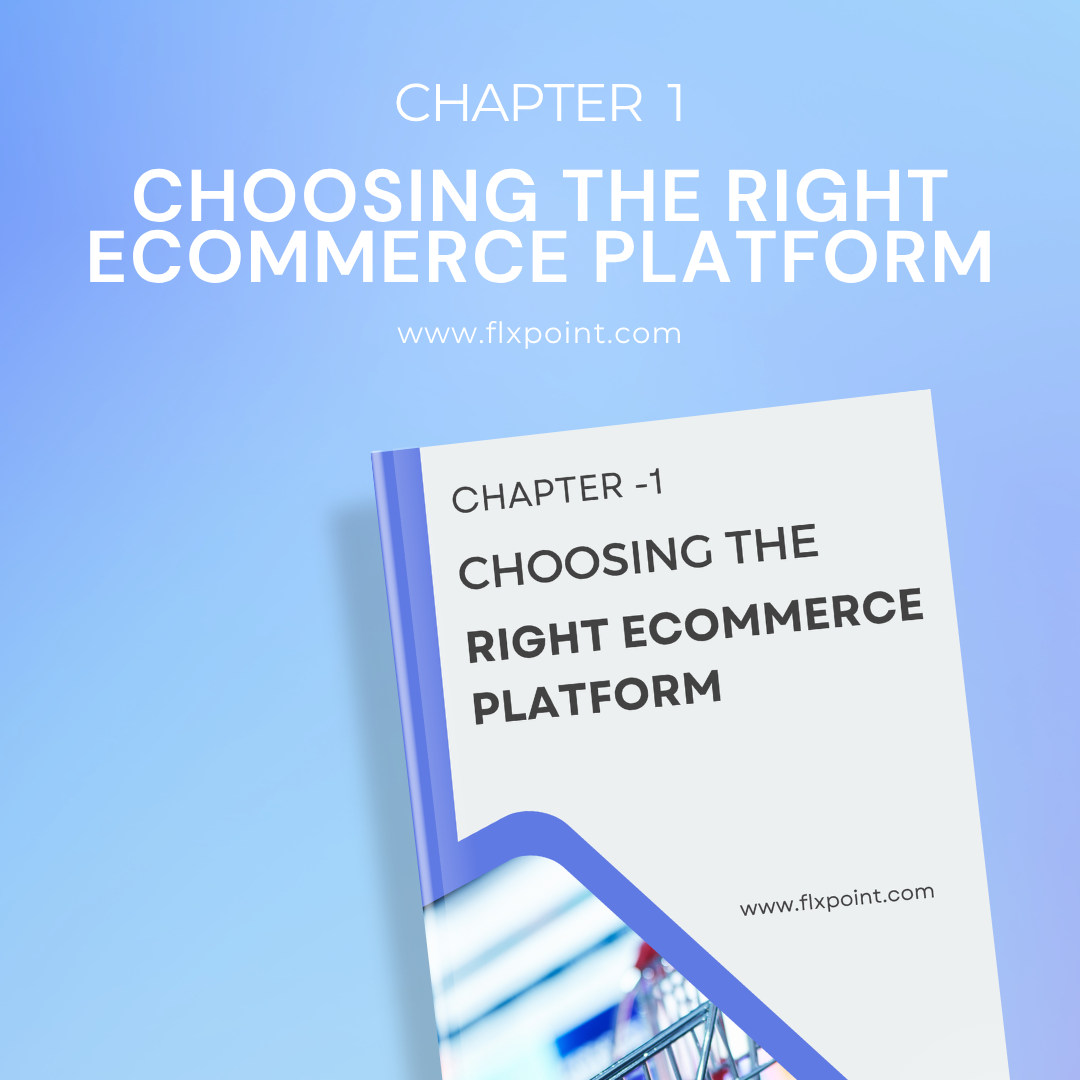
Your platform choice affects everything else you'll do. We compare Shopify, WooCommerce, BigCommerce, and Wix across what matters most: cost, scalability, marketing tools, SEO features, and payment options. Learn which platform fits your business size, technical skills, and growth plans—so you don't have to migrate later.
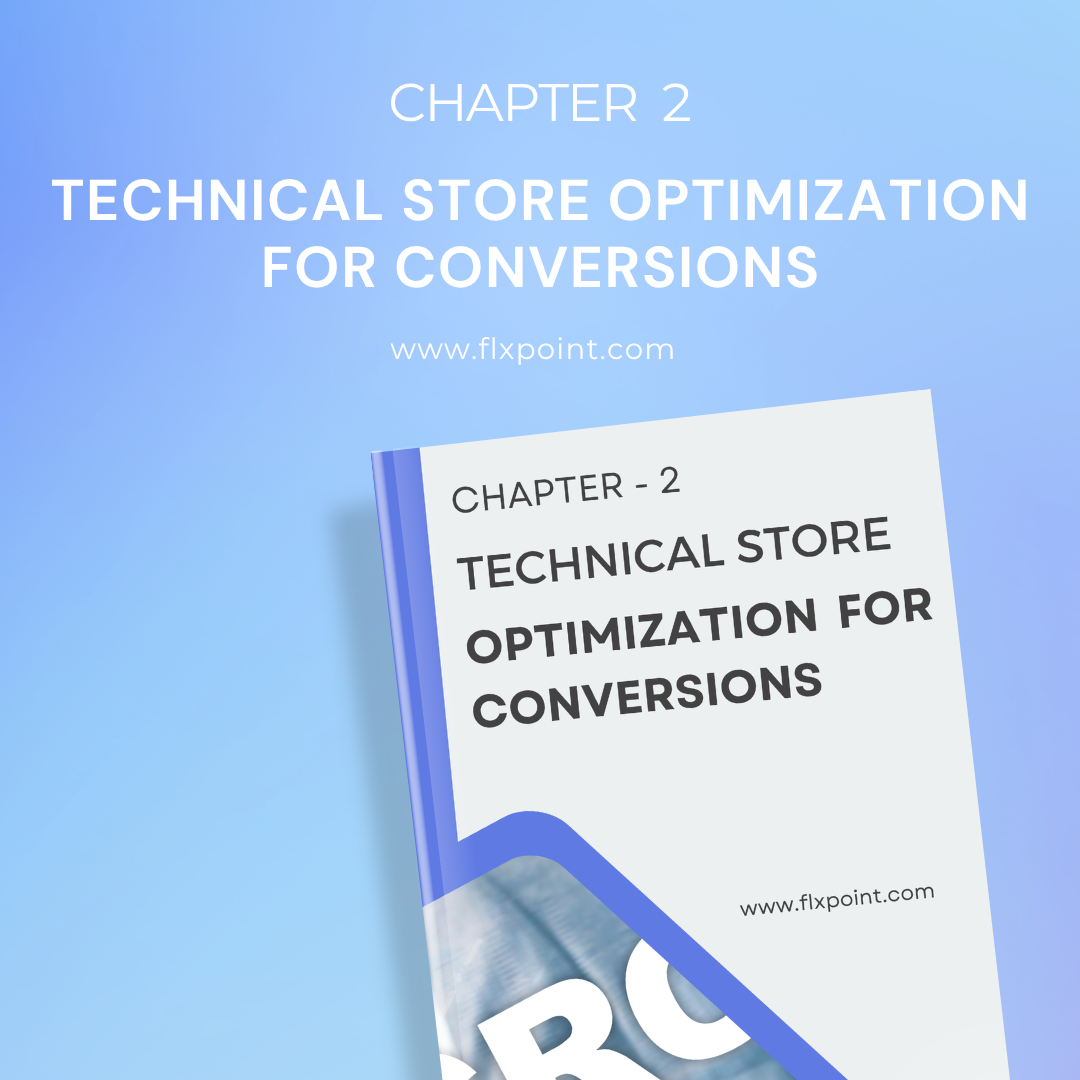
Small technical fixes create big revenue gains. Learn how to structure your store so customers actually buy, implement schema markup that helps you show up in search, speed up your site, and set up tools like Hotjar to see exactly where people get stuck in your buying process.
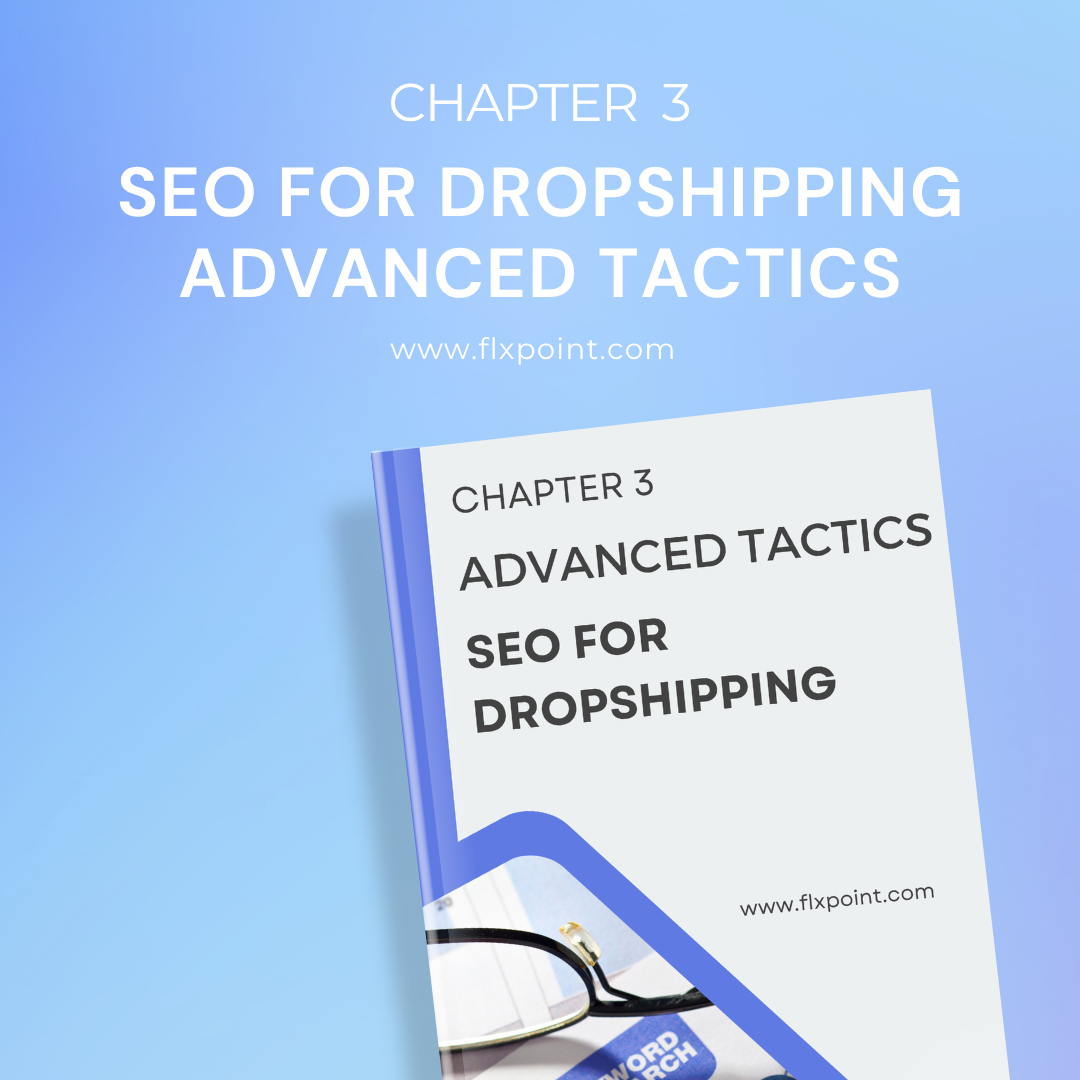

Stop wasting money on ads that don't convert. Build campaigns that work at every stage - from awareness to repeat purchase. Master Facebook ads, Google Shopping, Dynamic Product Ads, and figure out which touchpoints actually drive sales with proper attribution.
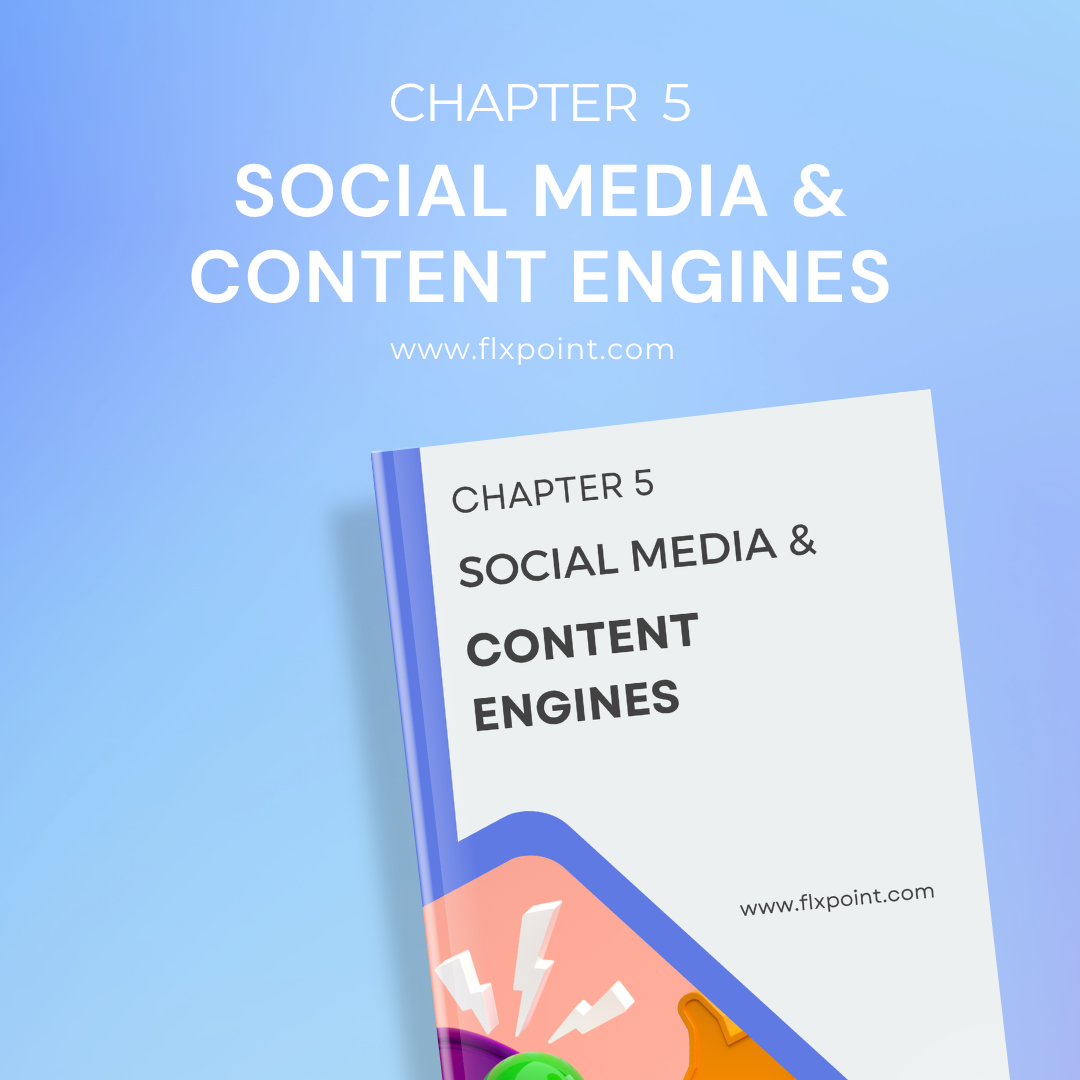
Create content systems that run themselves. Build engines for Instagram Reels, YouTube Shorts, Pinterest, and Stories. Use AI tools to scale content creation, collect user-generated content legally, create viral loops, and track what's actually driving sales.
